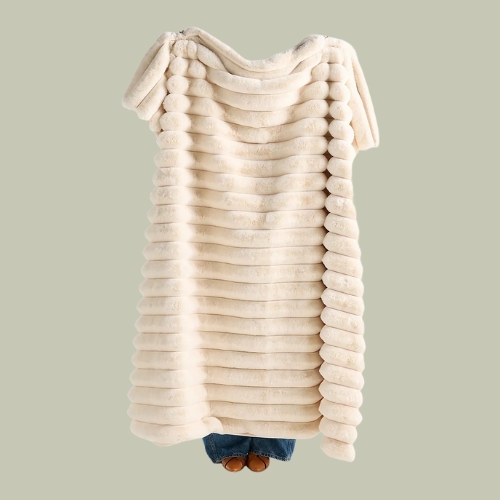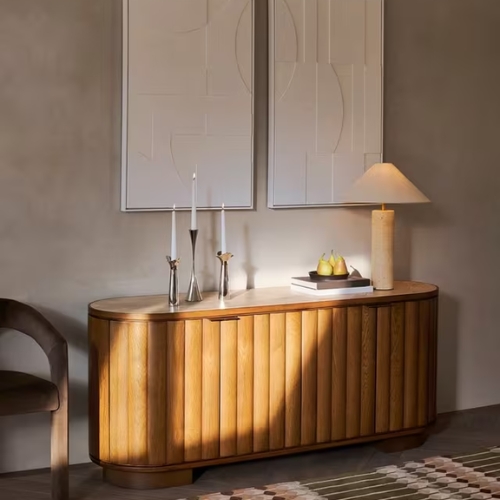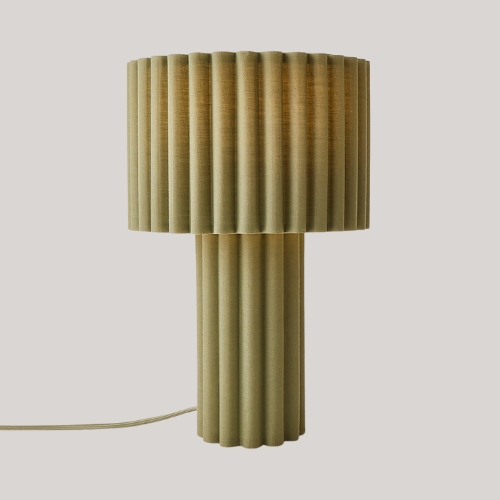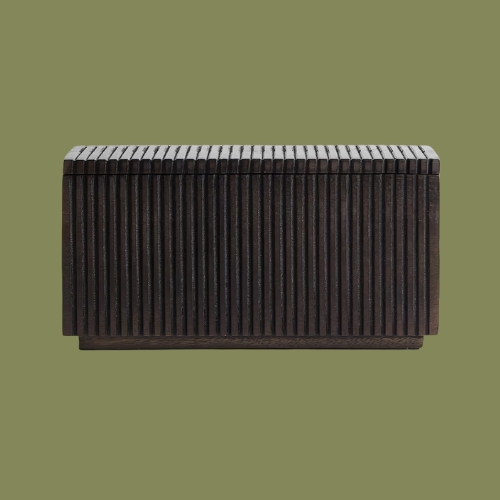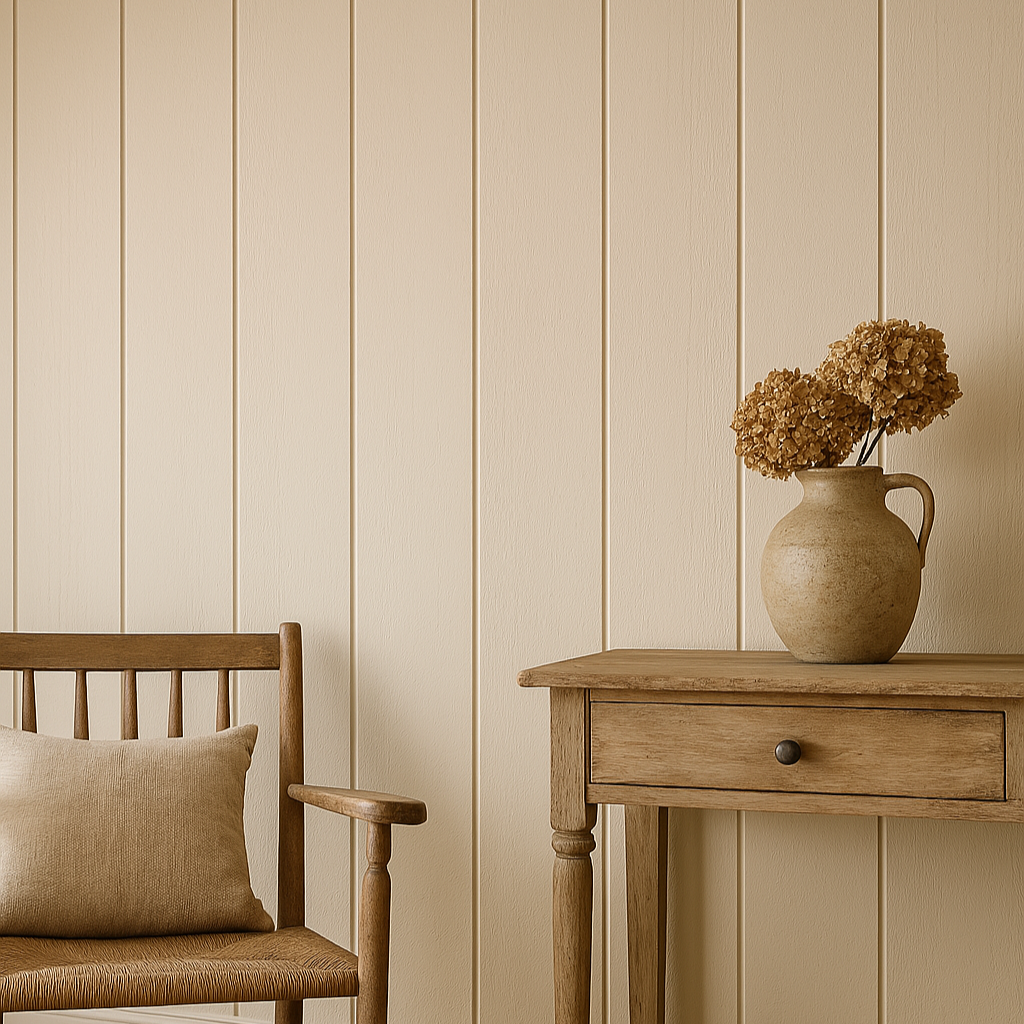Wait, Why Aren't More People Talking About 'Panel Drenching'? It's the Way to Decorate That Works Well in Awkward Rooms and Adds All-Over Coziness
It's cozy, curated, and creates a sense of calm and cohesion that traditional wall treatments can't
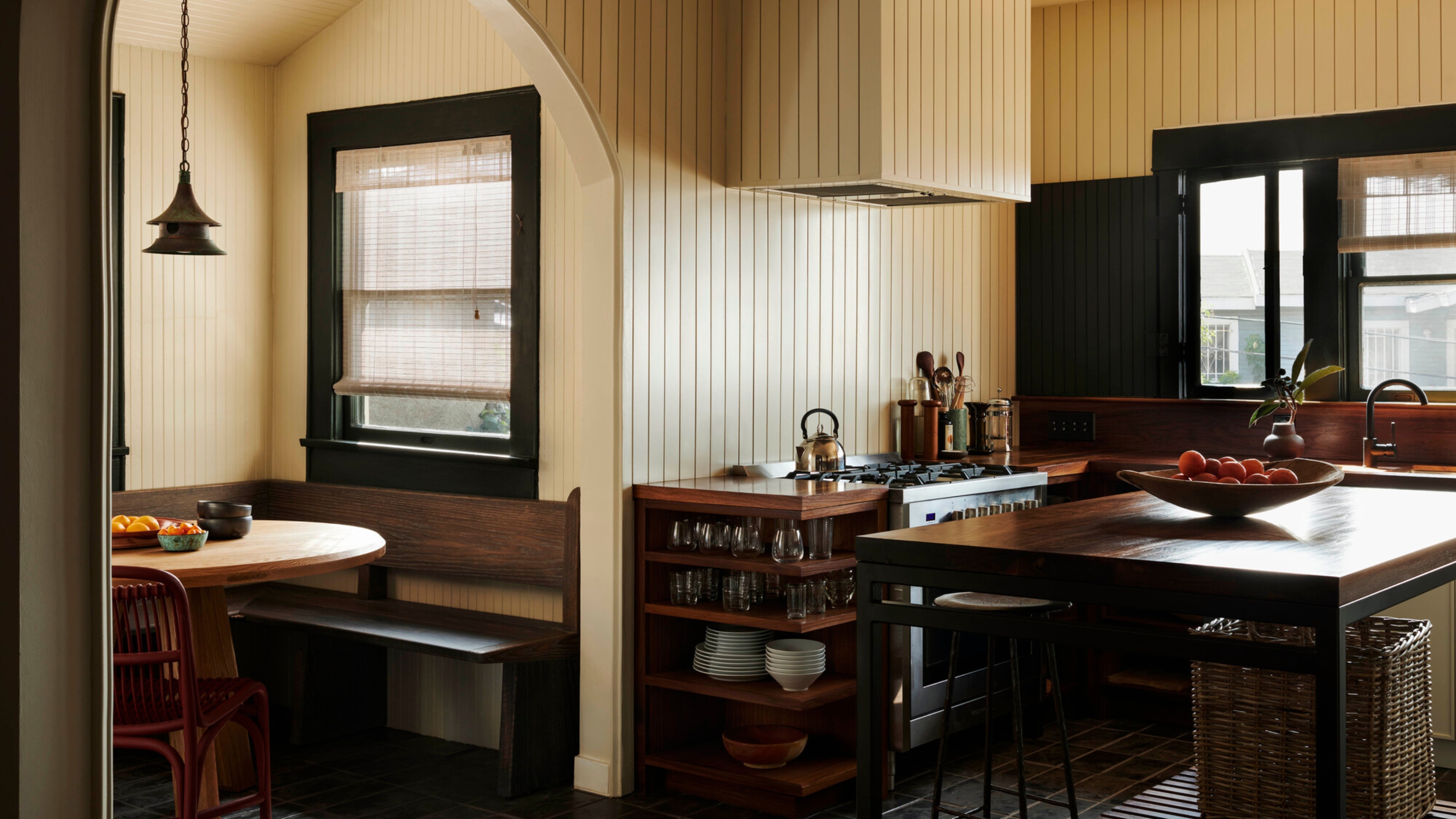

Wall paneling needs no introduction; it's a style that has been around for centuries, adding tactility, charm, and character to our interiors. And, as is the case with most design details in 2025, it's taken on a more-is-more approach, lining our floors, walls, ceilings, and everything in between. If you ask me, 'panel drenching' is the coolest way to make it feel contemporary, smoothing edges and adding instant warmth to a space.
Whichever type of paneling you're using, the 'drenched' approach means using it across several aspects of your space: floors, walls, ceilings, and cabinetry. The result is a room cocooned in tactile brilliance. "Panel drenching gives a room texture and depth without the need for wallpaper," adds London-based interior designer, Juliana Custers. "It creates a clear sense of intention and instantly changes the mood of a space."
Already have paneled wall cabinets you love? Why not extend that refined rustic aesthetic across even more of your space? Here's how the experts master the look, while remaining contemporary rather than contrived.
What Is Panel Drenching?
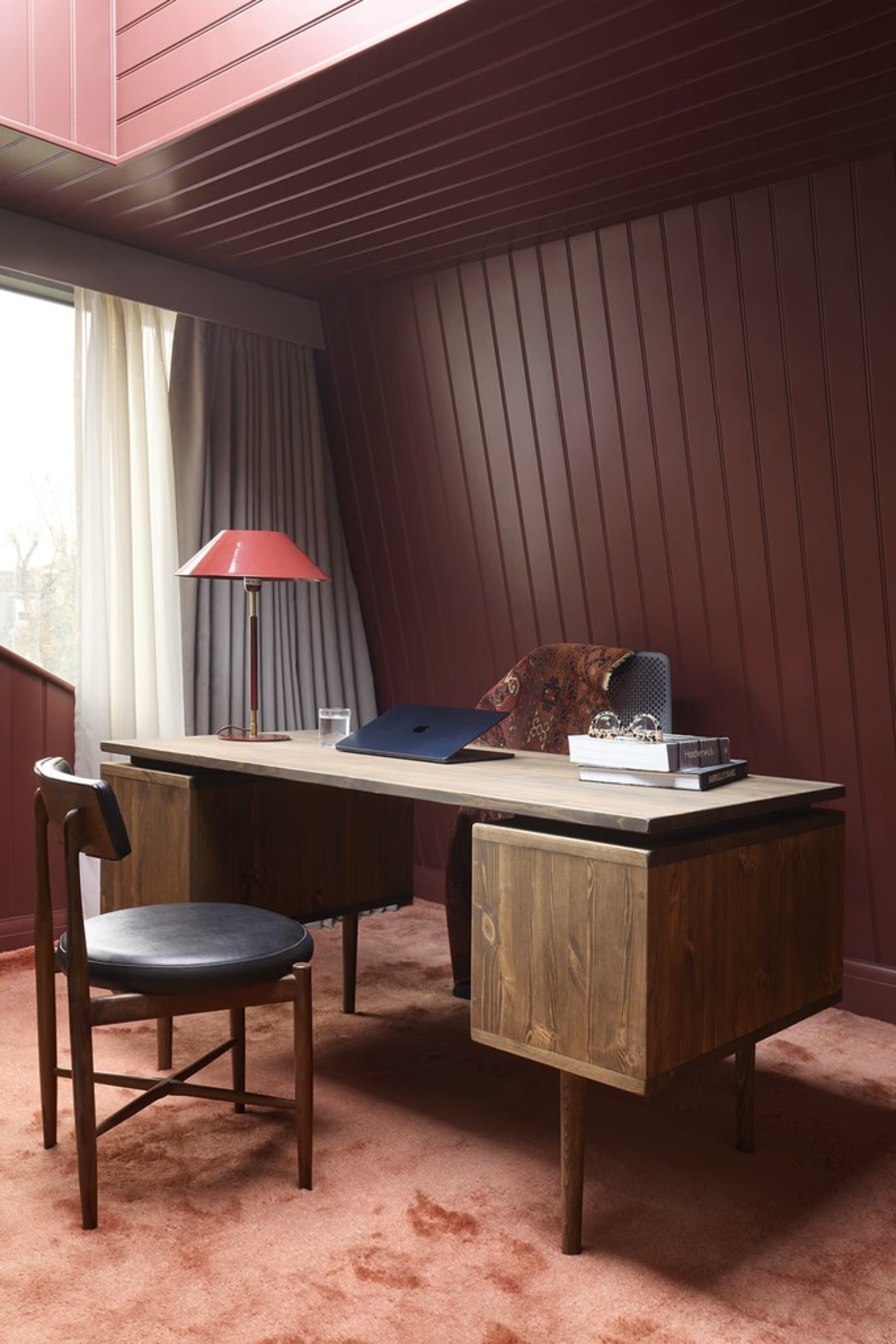
This room has an unusual shape, so the vertical and horizontal lines lean into its quirks rather than fighting them.
Admittedly, most design details are best done with restraint rather than total saturation. And while you might not expect it, modern wall paneling ideas can absolutely be understated and minimal, and therefore, 'drenching' a space in them works so well.
"Panel-drenching creates a sense of calm and cohesion that's hard to achieve with traditional wall treatments," says interior designer Katie Cunningham. When you wrap a room in the same material, it allows your eye to move smoothly through the space, rather than stopping at transitions between different materials.
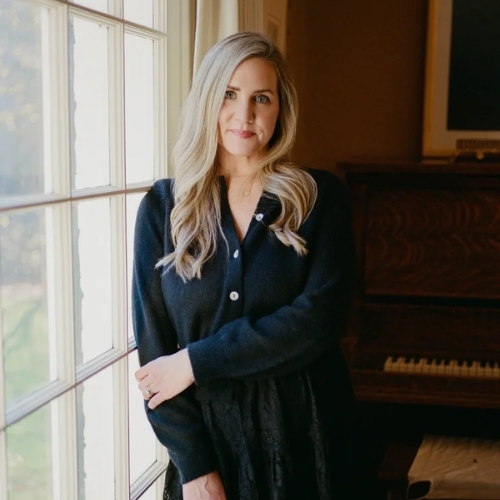
Katie Cunningham is an Oregon-based interior designer, and the principal designer at design studio, Light and Dwell. Katie has a degree in design and business, and for the past 15 years, she has been designing her way across the West Coast alongside her mom, transforming houses into homes.
"It feels enveloping in the best way, like the room is giving you a hug," adds Katie. "Plus, it brings warmth and texture without any pattern or color, which keeps things feeling sophisticated rather than busy."
This paneling technique is best in a room where you want it to feel cozy or immersive. "I often work in traditional townhouses where paneling isn’t typically used, so it brings a subtle sense of whimsy while still feeling grounded," adds interior designer Juliana Custers.
The Livingetc newsletters are your inside source for what’s shaping interiors now - and what’s next. Discover trend forecasts, smart style ideas, and curated shopping inspiration that brings design to life. Subscribe today and stay ahead of the curve.
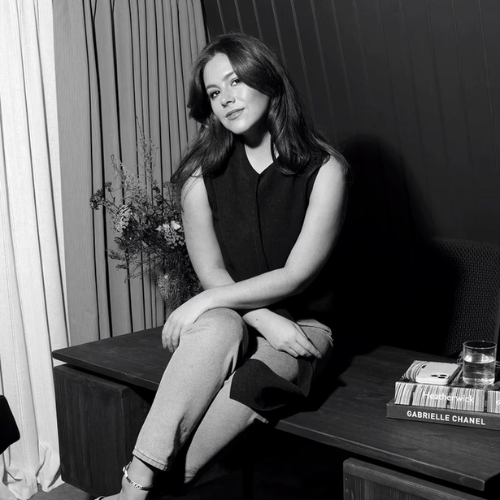
Juliana Custers is a London-based interior designer and the founder and creative director of her design studio, Juliana Custers. Juliana is a BIID registered designer (British Institute of Interior Design) and has a background working in architecture, holding positions in both interiors and architectural practices.
How to Panel Drench Like a Designer
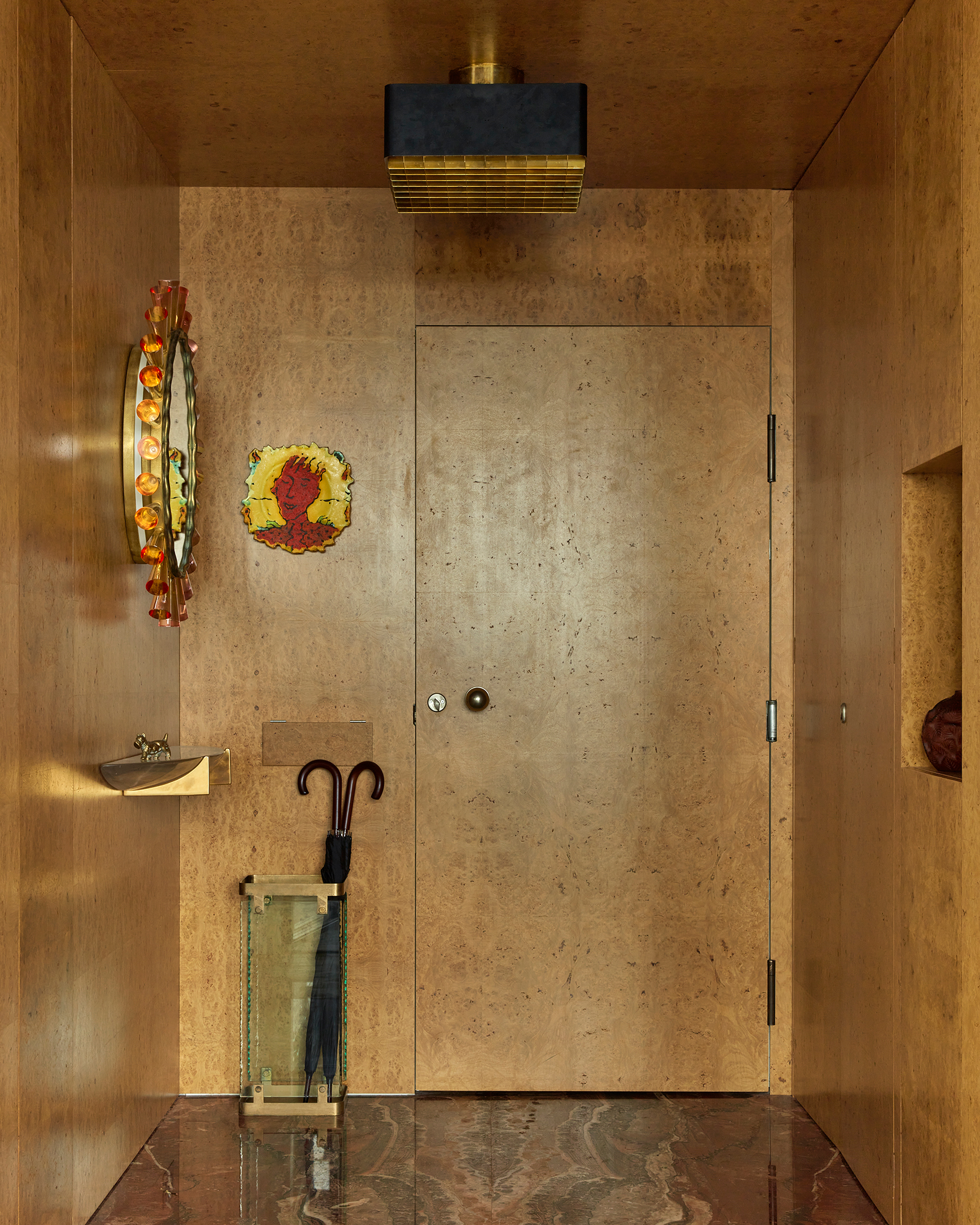
More untraditional and larger wooden panels, like in the entryway above, create an elevated and luxuriously modern twist on the panel drenching style.
For the most design-forward look when panel drenching, start with quality materials. "This look lives or dies on the wood grain and finish quality," says Juliana. "Cheap paneling will look cheap no matter how much of it you use." The good news, though, is that the cost of wall paneling is typically quite comparable to that of plasterboard.
Then there is the kind of paneling you use. Slimer panels will create a more tailored, traditional look, while larger, more out-of-the-box shapes will feel more contemporary and sophisticated. As a general rule, Katie says, "When it comes to choosing panel size, consistency within each plane helps. For instance, your cabinet paneling can differ from your wall paneling, but keep the scale proportional to the room size."
As for color, matching the tone is more important than matching the color exactly. "You want everything to feel related — similar undertones and wood species — but slight variations in grain or finish actually add interest," says Katie. "If everything matches perfectly, it can look too manufactured."
Try color-drenching paneling for a bold, cocooning effect. In other spaces, like kitchens or hallways, leaving the timber natural helps introduce warmth and texture.
Where Does Panel Drenching Work Best?
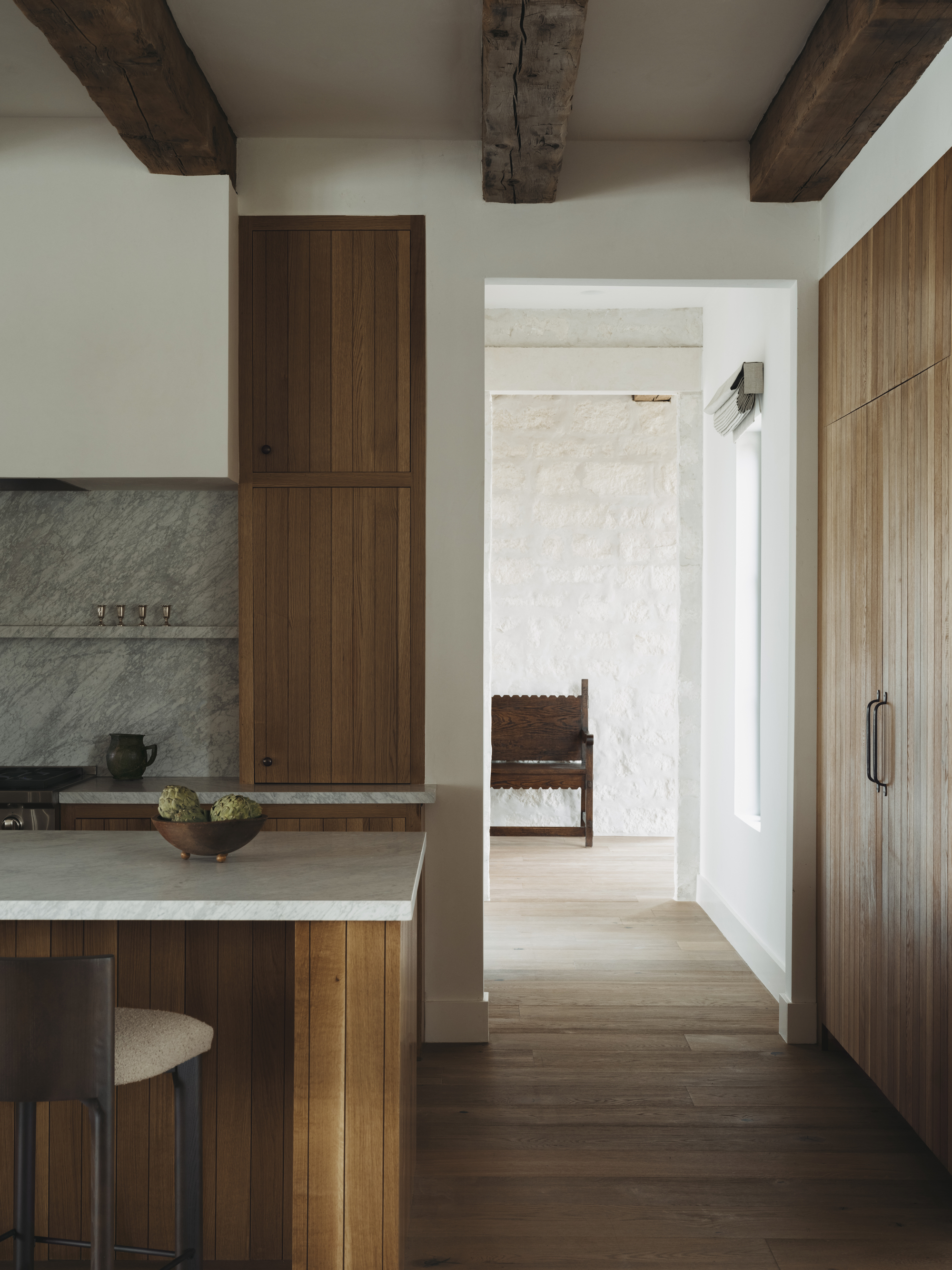
"Using the same wood tone and paneling style across cabinets, walls, and even some ceiling areas made everything feel intentional and original to the home," says Katie. "It's a way to add richness and depth without relying on color or pattern."
Your options here are pretty open. "Panel drenching works magically in studies, living rooms, and any space where you want a sense of intimacy or calm," says Juliana. Imagine a rustic, cozy living room in a holiday cabin, or a seaside summer home with crisp, white paneling. It brings an effortless serenity in terms of texture.
Bedroom wall panels instantly come to mind, as the bedroom is often designed to be the restorative center of the home — a space that requires a more comforting aesthetic. "The enveloping quality of panel drenching makes bedrooms feel like a retreat," says Juliana.
"Kitchens are also ideal because you're already working with cabinetry, so extending that material to walls or ceiling feels natural," adds Katie. Just keep balance in mind when panel drenching. Too much can feel busy. "I prefer to simplify other elements in the room so the texture and materiality of the paneling can really sing," says Katie.
And lastly, "Powder rooms are perfect for experimenting because they're small spaces where you can go bold without overwhelming the rest of your home," notes Katie.
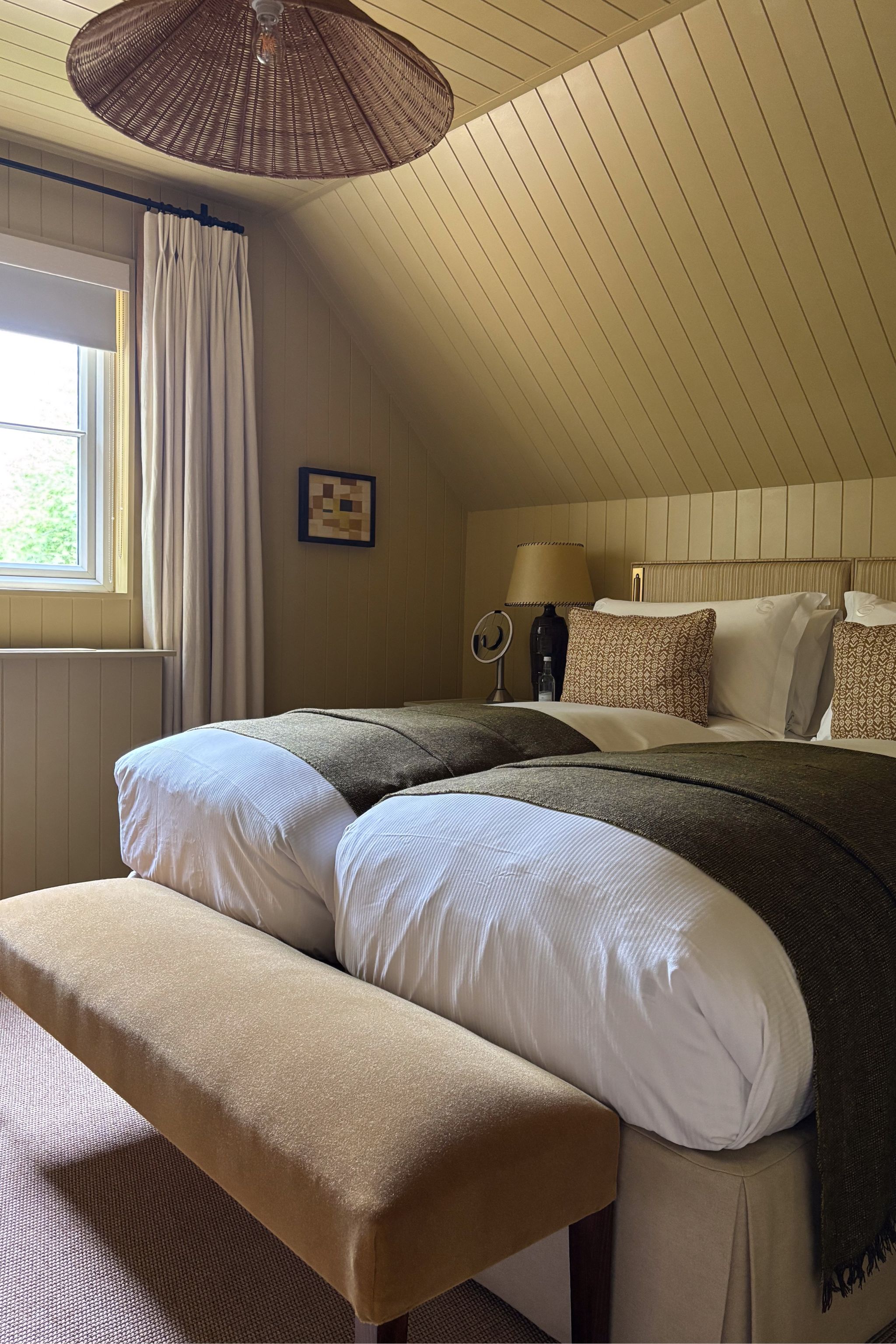
The paneling in this bedroom at The Grove's Wisteria Cottage makes the unique walls feel more cozy than awkward.
Like all big design refreshes, panel drenching is a commitment. "This isn't a look you can easily change your mind about or completely update with a coat of paint," says Juliana. "Make sure you love it for the long haul because undoing it might get expensive."
To get the feel for panel drenching, you could always start with decor that mimics a similar style, like the examples below.
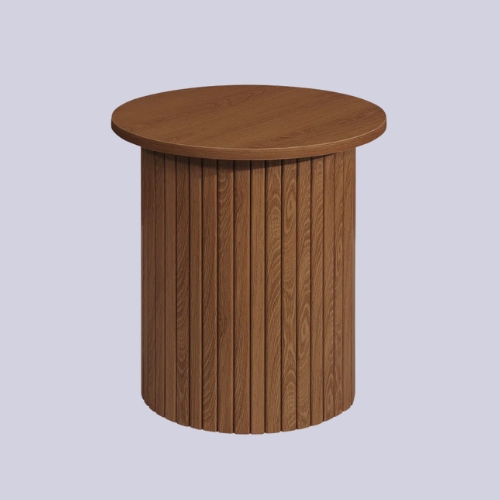
This side table is classic wood paneling in the mid-century modern furniture style, and I'm obsessed. For only £70, you can have a timeless side table that hits contemporary trends.
Interior design is running full steam back to more character-forward interiors, which means materials and textures matter. After panel drenching, wood drenching might be the next texture-rich trend to try on your walls.

Olivia Wolfe is a Design Writer at Livingetc. She recently graduated from University of the Arts London, London College of Communication with a Masters Degree in Arts and Lifestyle Journalism. In her previous experience, she has worked with multiple multimedia publications in both London and the United States covering a range of culture-related topics, with an expertise in art and design. At the weekends she can be found working on her oil paintings, reading, or antique shopping at one of London's many vintage markets.
